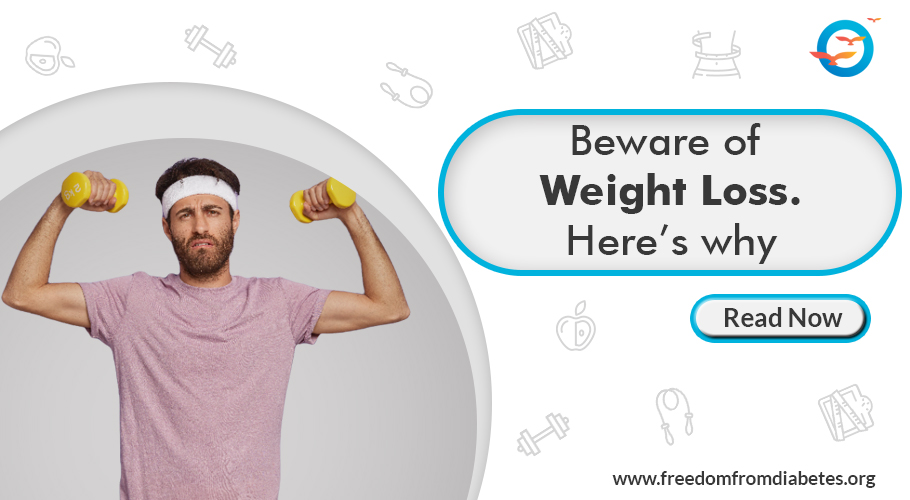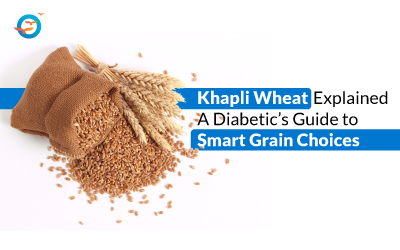Beware of Weight Loss. Here’s why

Table of Content
- Fat Loss vs Muscle Loss
- Identifying the difference between muscle loss and fat loss
2.1 Why do we lose muscle mass before losing fat?
2.2 How to lose fat without depleting lean mass
2.3 Exercise correctly
2.4 Create a calorie Deficit - Conclusion of Blog
If you’ve signed up, or are considering signing up, for any of the many weight loss programs that promise a surprising amount of weight loss in an unbelievably short amount of time, this post is for you.
But first, here’s an interesting tidbit:
Did you know that during the course of a standard 90-minute game of football (soccer in USA & footie Down Under), players can lose as much as three kilos in body weight!?
Unfortunately, this loss is almost entirely water lost through sweat. And most weight loss programs that claim they can help you lose weight quickly are relying on this phenomenon, coupled by the loss of muscle mass—which also happens before fat loss—to deliver those weight loss targets.
Most people tend to think of weight loss as synonymous to fat loss. But there are many fundamental differences and they can make the difference between health and chronic illness.
Fat Loss vs Muscle Loss
To being with fat is not at all like a muscle. It is more energy-dense, in that, it contains more calories (9) per gram than muscle (4). It is also less heavy—as anyone who’s been in a butcher’s shop will know. One kilo of fat has more than three times the volume of muscle. Finally, muscle is living breathing tissue; fat is merely a storehouse of calorie reserves.
What this means is that the more muscle mass you have the higher your energy requirement—calories burned—at rest. That’s right, muscle needs to burn those calories just to stay alive. Fat on the other hand burns no calories at rest.
So losing weight in the form of muscle mass is something to be avoided, as it means you will burn fewer calories at rest. Not just that, by virtue of having less muscle mass, you will also tend to put on the weight you lost quickly. That’s why those lost kilos reappear so fast and with a vengeance. All you’ve done is exchange muscle for fat!
Identifying the difference between muscle loss and fat loss
Luckily there are several definitive ways to know if your new weight loss regime is working.
- You’ll feel fatigued more easily, less able to handle the same weight as before
- Even everyday activities will tire you out
- Your body composition will stay the same or worsen
- You’ll see more than normal drops in weight. Now, this might seem like good news, but it’s a most likely muscle, and as we’ve seen, this loss is not sustainable.
Thus, it’s very important to know whether your program is helping you drop weight in the form of muscle mass or actual fat.The weighing scale is of little use here. All it will show is weight lost, not whether the loss is from the muscle of fat. A much better option is to use a body composition meter.
It will show you your lean mass to bodyweight ratio. You can also use skin calipers, though there is a bit of a learning curve to mastering them. You can also measure and track waist to hip ratios to know if you’re really losing inches. Above all, do not despair if your weighing scale shows you’ve gained weight instead of losing it. If you’ve lost inches and your body composition shows the same ratio of lean mass to fat or lower fat, you’re on the right track.
Why do we lose muscle mass before losing fat?
It’s clearly bad to lose muscle mass instead of or before fat loss. Unfortunately when there is a large calorie deficit, as usually happens when a person is attempting to lose weight by eating insufficiently, the body tends to burn muscle first. This is because, by choice, the body prefers glucose for energy.
This comes from carbohydrates. If this is unavailable—as during a diet—it switches to the glycogen—a form of glucose—that’s stored in the muscles. Only after these stores are depleted will it begin burning fat. This phenomenon is the guiding principle behind keto diets, too.
How to lose fat without depleting lean mass
If losing fat instead of muscle has begun to sound like rocket science, don’t worry. It’s quite straightforward. Here are a few rules to follow.
Increase your protein intake—vegans should add food sources like legumes, pulses, beans to their diet—but maintain a slight calorie deficit.
Protein is important to maintain muscle mass and to enable the growth of new muscle tissue. Studies have consistently shown that eating more protein-coupled with regular resistance training leads to an increase in muscle mass and muscle mass retention. But it’s important not to overdo it. Remember, any macronutrient consumed in excess simply gets transformed into fat.
Exercise correctly—this means don’t shun resistance training
It’s common for people keen to lose weight fast to favour cardio routines over resistance training—using weights or bodyweight. Both are important. So ensure your fitness plan includes cardio workouts and resistance training. Studies show that exercise increases lipolysis—the process whereby the body synthesizes fat for energy—during aerobic and anaerobic exercise. Ideally, try to include High-Intensity Intervan Training (HIIT) routines in your exercise plan. Their alternating high and low-intensity exercises keeps the heart elevated for a longer period, facilitating higher fat burn.
It’s also important to maintain a challenging intensity, as the body responds to it by growing stronger, lighter, faster. Duration of workouts is also a factor. Studies show that an hour to two hours of exercise a day, five days a week or every other day delivers the best results.
- Rest
Muscle repair happens during rest. So ensure you get sufficient rest every week or every other day. It’s not just the muscles that need the rest. Intense exercise takes a toll on the central nervous system too. And rest is the only way to bring it back to normal.
Create a calorie Deficit
This is really a given. But beware of cutting calories too drastically. As we saw earlier, this only leads to muscle loss rather than fat. Ideally, you should bring your daily calorie consumption to 800 to 600 calories.
Consume more vegetables, eat low a mix of fruits—but not fruit juice, avoid animal dairy, and cut out processed foods, confectionery, fried foods, and alcohol. Junk the junk foods. They are usually high in salt, fat, or sugar; and all three are bad for you.
Conclusion
People often talk of desiring to lose weight when they mean fat loss. The two and nor synonymous and it’s important to understand the difference. Quick weight-loss happens when the body loses lean mass (muscle) instead of fat. This happens because the body prefers to get its energy sources from muscle over fat. Relying on the weighing scale to monitor fat loss is counterproductive, as it doesn’t tell you whether you’ve lost muscle, water or fat.
Body composition monitors or skin calipers are much better options. So is the tape measure. Keeping track of hip & waist measurements and their ratio will tell you if your new regimen is working. For effective fat loss, eat sufficient protein. Maintain a reasonable calorie deficit, but not too much as you’ll only end up losing muscle tissue. For best results, make sure you do both cardio and resistance training. And get sufficient rest.
Fat loss and FFD
Diet and exercise are two of the main protocols that drive our programs—weight loss and diabetes-reversal—at Freedom from Diabetes FFD. We understand the importance of personalizing both diet and exercise because every individual is different. Be it food allergies or mobility challenges, our diet experts and exercise experts create customized plans and routines to help our participants achieve their health goals quickly and safely.

